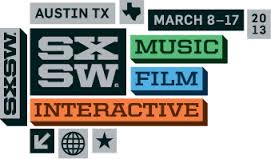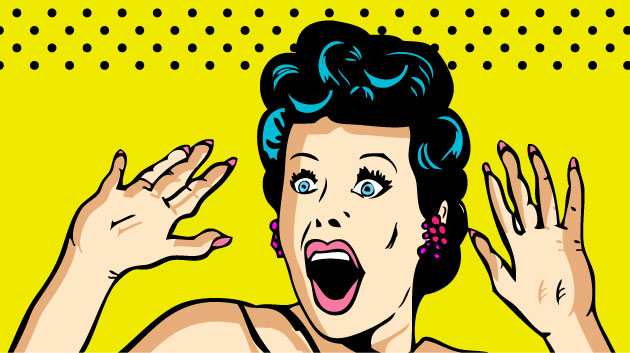Never mind Al Gore, Neil Gaiman, or Elon Musk, all of whom spoke at SXSW over the last few days. It’s Grumpy Cat that has been on everyone’s lips. Whether for good — after all, who doesn’t love a sweet kitty, even with a taciturn expression? — or for bad (the poor kitty has had to deal with an unbelievable number of people pawing at her), it would be hard to find a bigger story here this week.
This cannot be good for SXSW.
Over the years, this interactive festival has been the launching pad for some pretty amazing technology. Twitter exploded here in 2007, and Foursquare launched here in 2009. GroupMe had its public coming-out at SXSW, and so did people discovery apps like Highlight.
This year, no one really expected any new apps to break out, or for there to be any real big news or controversy. But I’m willing to bet that no one expected that the biggest story of all would be a small cat with a grumpy face.
For several days now, tens of thousands of people have been prowling around the streets of downtown Austin, attending a billion panels, keynotes, featured sessions, parties, meetups, and so forth. Many of the smartest people in the industry have shared their wisdom, and thousands have happily listened during an impressive selection of talks available to badge-holders.
But ask any veteran SXSW attendee, and I’m willing to bet that you’ll hear a similar story: the energy level has been low. There’s no buzz about anything. There’s a few interesting new apps — Takes and MessageMe come to mind — but in general, there hasn’t been much worth talking about, at least among companies that had yet to be in the public conversation.
READ MORE: If Grumpy Cat is the biggest news of all, is SXSW in trouble? | SXSW – CNET News.


